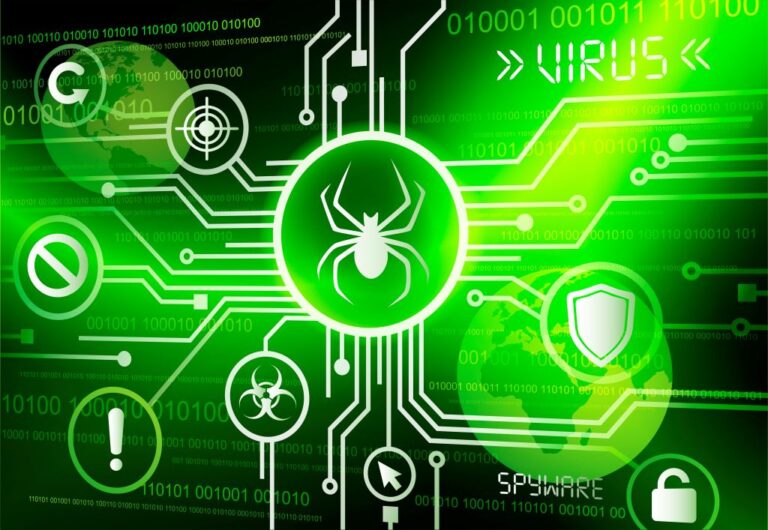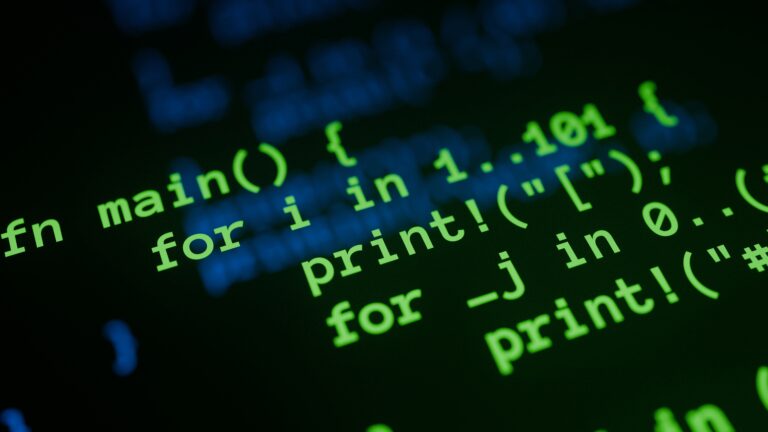Mastering Cybersecurity Blue Teaming: Defense Tactics

In the ever-evolving landscape of cybersecurity, blue teams play a vital role in safeguarding organizations from relentless cyber threats. Unlike red teams, which simulate attacks, blue teams focus on defense, identifying, mitigating, and preventing security breaches. This article dives into essential blue teaming defensive tactics, including incident response, threat hunting, and more, highlighting how they work together to create a robust defense strategy.
The Role of the Blue Team in Cybersecurity
Blue teams are the frontline defenders of an organization’s digital assets. Their primary mission is to detect, analyze, and respond to cyber threats, ensuring business continuity and minimizing potential damage.
Key responsibilities of a blue team include:
🔸Monitoring: Continuously tracking systems for suspicious activity using tools like Security Information and Event Management (SIEM) solutions.
🔸Incident Response: Reacting swiftly to cyber incidents to contain and eliminate threats.
🔸Threat Hunting: Actively seeking hidden threats within a network.
🔸Forensic Analysis: Investigating security breaches to determine their scope and prevent future incidents.
To excel in blue teaming, it’s crucial to master a range of defensive tactics. Let’s explore the most critical ones.
1️⃣ Incident Response: The First Line of Defense
Incident response (IR) is the process of detecting, investigating, and mitigating security incidents. It’s the cornerstone of blue team operations, as quick and effective responses can significantly reduce the impact of an attack.
Incident Response Process
The IR process typically follows a structured framework, such as NIST’s Incident Response Lifecycle:
- Preparation: Establishing an incident response plan (IRP) and training the team.
- Detection and Analysis: Identifying and verifying potential incidents using tools like SIEMs, IDS/IPS, and log analyzers.
- Containment, Eradication, and Recovery: Isolating affected systems, removing the threat, and restoring normal operations.
- Post-Incident Activity: Conducting a post-mortem analysis to learn from the incident and improve defenses.
Essential Skills for Incident Response
🔸Knowledge of malware analysis and reverse engineering.
🔸Proficiency in using forensic tools like EnCase, FTK, or Autopsy.
🔸Strong communication skills for coordinating with stakeholders during incidents.
2️⃣ Threat Hunting: Seeking the Unknown
Threat hunting is a proactive approach to detecting advanced threats that may bypass traditional security measures. Unlike reactive measures, threat hunting involves actively searching for indicators of compromise (IoCs) and patterns of malicious activity within a network.
The Threat Hunting Process
- Hypothesis Creation: Developing hypotheses about potential attack vectors or vulnerabilities based on threat intelligence.
- Data Collection: Gathering data from endpoints, logs, and network traffic for analysis.
- Analysis: Using advanced analytics, machine learning, or manual investigation to identify anomalies.
- Response: Investigating and mitigating identified threats.
Tools for Threat Hunting
🔸ELK Stack (Elasticsearch, Logstash, Kibana): For analyzing and visualizing log data.
🔸CrowdStrike Falcon: Endpoint detection and response (EDR) platform.
🔸Splunk: Popular for searching, monitoring, and analyzing machine-generated data.
Skills for Threat Hunting
🔸Expertise in malware detection and behavior analysis.
🔸Familiarity with adversary tactics, techniques, and procedures (TTPs) outlined in frameworks like MITRE ATT&CK.
🔸Analytical thinking and pattern recognition.
3️⃣ Security Monitoring: Always On Guard
Continuous security monitoring is the backbone of blue team operations. It involves tracking network activity, application logs, and endpoint behavior to detect and respond to threats in real-time.
Monitoring Strategies
🔸SIEM Platforms: Tools like Splunk, QRadar, and LogRhythm aggregate and analyze logs from multiple sources to identify suspicious patterns.
🔸Intrusion Detection Systems (IDS): Tools like Snort or Suricata detect malicious traffic and policy violations.
🔸Endpoint Detection and Response (EDR): Solutions like SentinelOne and Carbon Black provide deep visibility into endpoint activities.
Best Practices for Security Monitoring
🔸Regularly update monitoring rules to adapt to evolving threats.
🔸Use threat intelligence feeds to enrich detection capabilities.
🔸Implement alert prioritization to focus on critical issues.
4️⃣ Vulnerability Management: Staying Ahead of Attackers
Vulnerability management is the process of identifying, evaluating, and mitigating vulnerabilities in an organization’s systems. Blue teams use this tactic to reduce attack surfaces and minimize exploitable weaknesses.
Steps in Vulnerability Management
🔸Discovery: Conduct regular scans using tools like Nessus, OpenVAS, or Qualys.
🔸Assessment: Prioritize vulnerabilities based on their severity and potential impact.
🔸Remediation: Apply patches, updates, or configuration changes to address vulnerabilities.
🔸Verification: Re-scan systems to ensure vulnerabilities have been resolved.
Challenges in Vulnerability Management
🔸Balancing patching schedules with operational needs.
🔸Addressing zero-day vulnerabilities without immediate fixes.
🔸Managing vulnerabilities across diverse environments, including cloud and on-premises systems.
5️⃣ Forensic Analysis: Learning from Attacks
Forensic analysis is the process of collecting, preserving, and analyzing digital evidence to investigate and understand cyber incidents. This tactic is crucial for both resolving incidents and improving future defenses.
Forensic Techniques
🔸Disk Imaging: Creating exact copies of storage devices for analysis.
🔸Log Analysis: Reviewing logs for evidence of unauthorized activity.
🔸Memory Analysis: Examining RAM to uncover malware or unauthorized processes.
Forensic Tools
🔸EnCase: Widely used for forensic investigations.
🔸Volatility: Open-source memory forensics tool.
🔸Autopsy: A GUI-based platform for digital forensics.
Applications of Forensic Analysis
🔸Identifying the root cause of a breach.
🔸Supporting legal investigations with evidence.
🔸Informing security improvements to prevent similar incidents.
6️⃣ Threat Intelligence: Informed Defense
Threat intelligence involves gathering and analyzing data about potential threats to inform defense strategies. Blue teams use this intelligence to anticipate attacks and tailor their defenses.
Types of Threat Intelligence
🔸Strategic: High-level insights into global threat trends.
🔸Operational: Information about active campaigns and adversaries.
🔸Tactical: IoCs like IP addresses, file hashes, and URLs.
Integrating Threat Intelligence
🔸Use threat intelligence platforms like Recorded Future or ThreatConnect.
🔸Subscribe to feeds like AlienVault OTX or IBM X-Force.
🔸Incorporate intelligence into SIEM systems for automated detection.
Building a Strong Blue Team Strategy
To overcome challenges and excel in defensive tactics, blue teams should adopt a comprehensive strategy:
🔸Continuous Training: Stay updated with certifications like CompTIA CySA+, GCIH, or Splunk certifications.
🔸Automation: Use automation tools to streamline repetitive tasks and focus on high-value activities.
🔸Collaboration: Work closely with red teams to identify gaps and improve defenses through purple teaming exercises.
Blue teaming is a critical component of any cybersecurity strategy. By mastering defensive tactics such as incident response, threat hunting, security monitoring, and forensic analysis, blue teams can effectively protect organizations from evolving threats.
While challenges exist, a combination of skilled professionals, robust tools, and proactive strategies ensures that blue teams remain one step ahead of attackers. Defensive tactics are not just about reacting to threats, they’re about building a resilient security posture that keeps organizations safe in the face of adversity.
Feature image courtesy freepik.com






